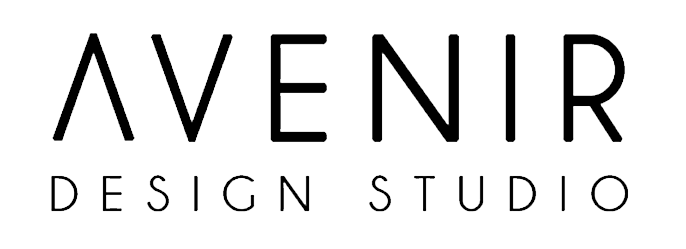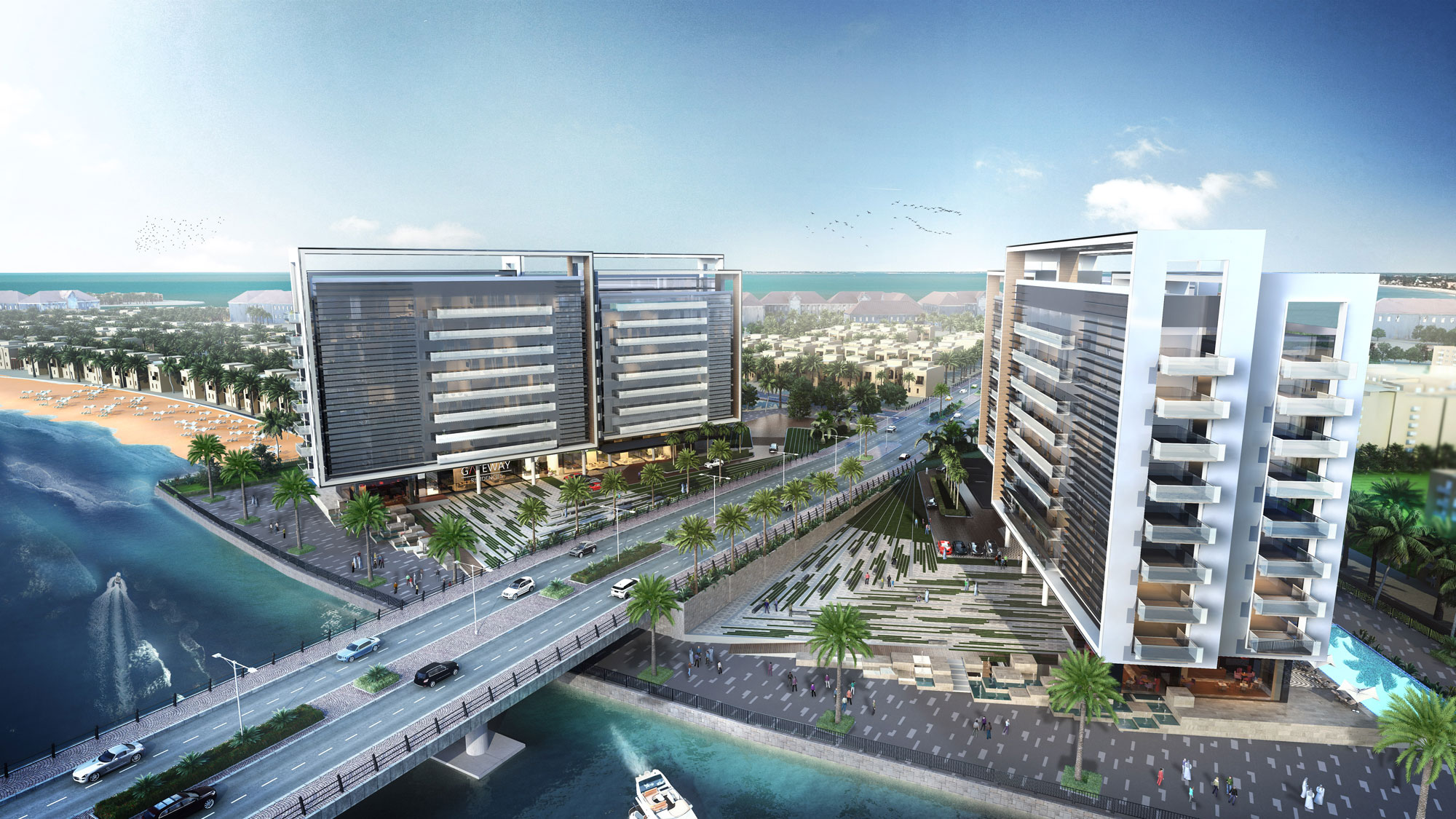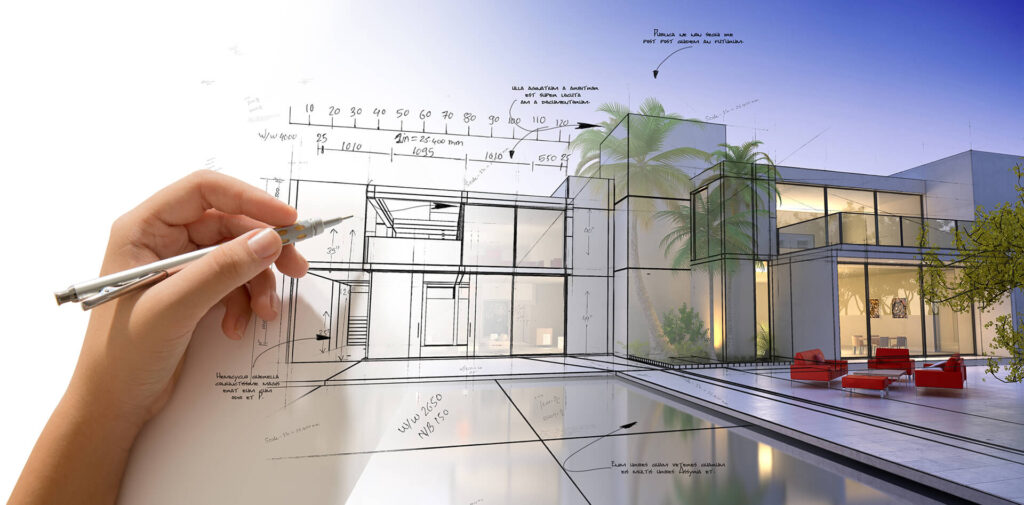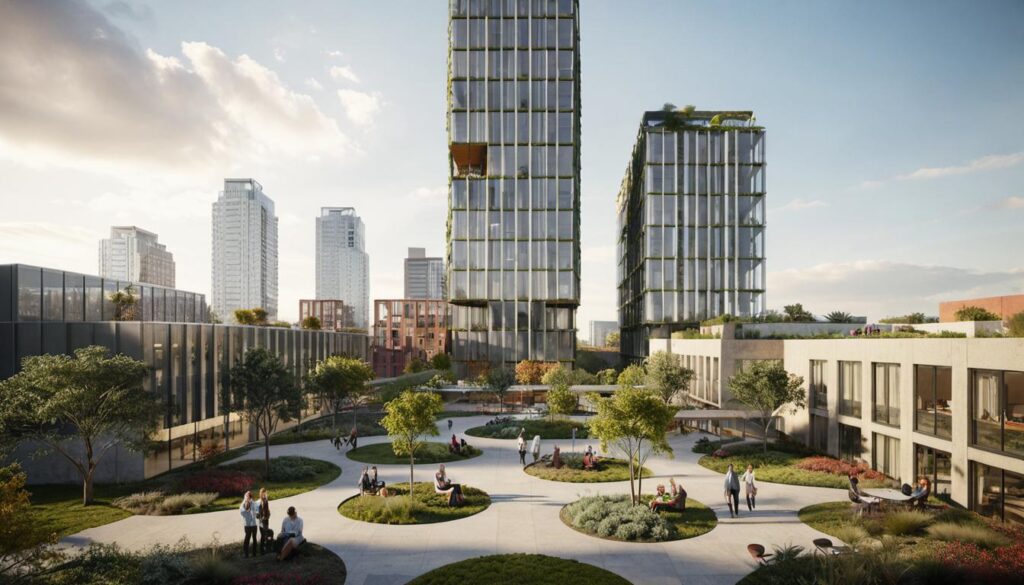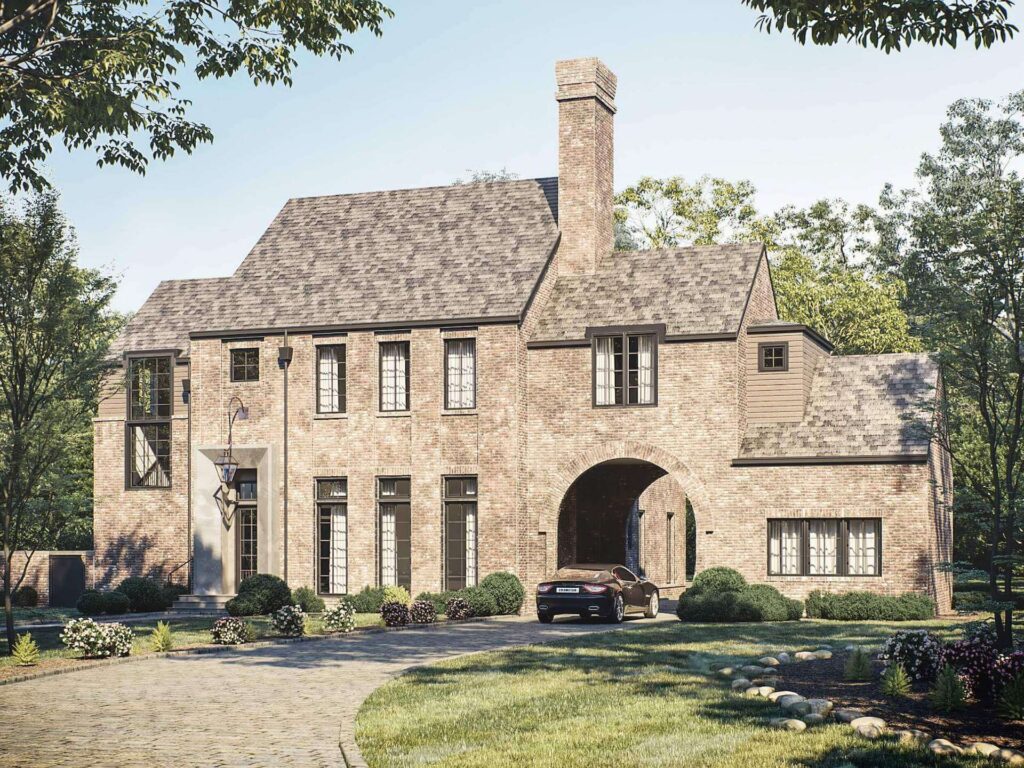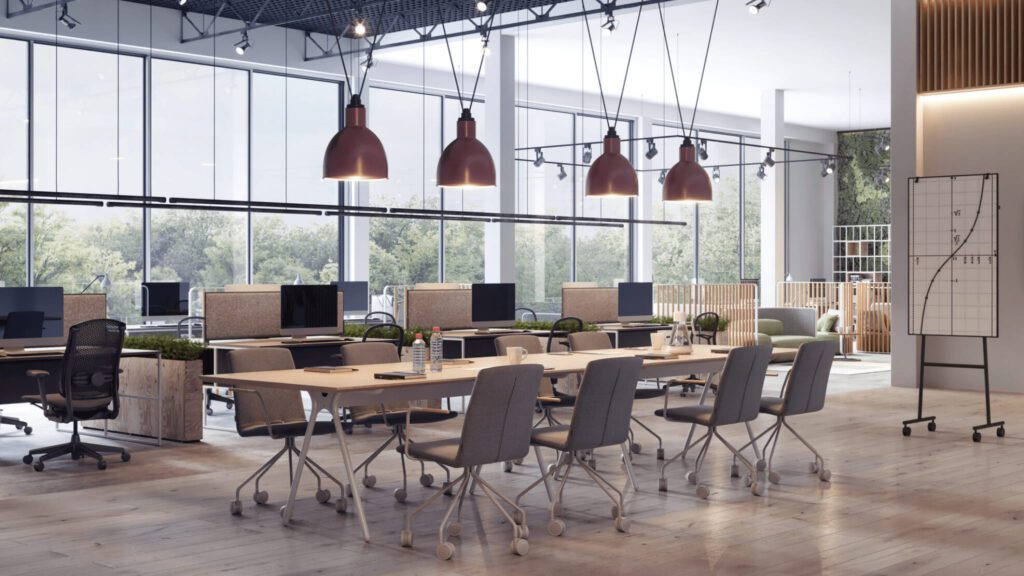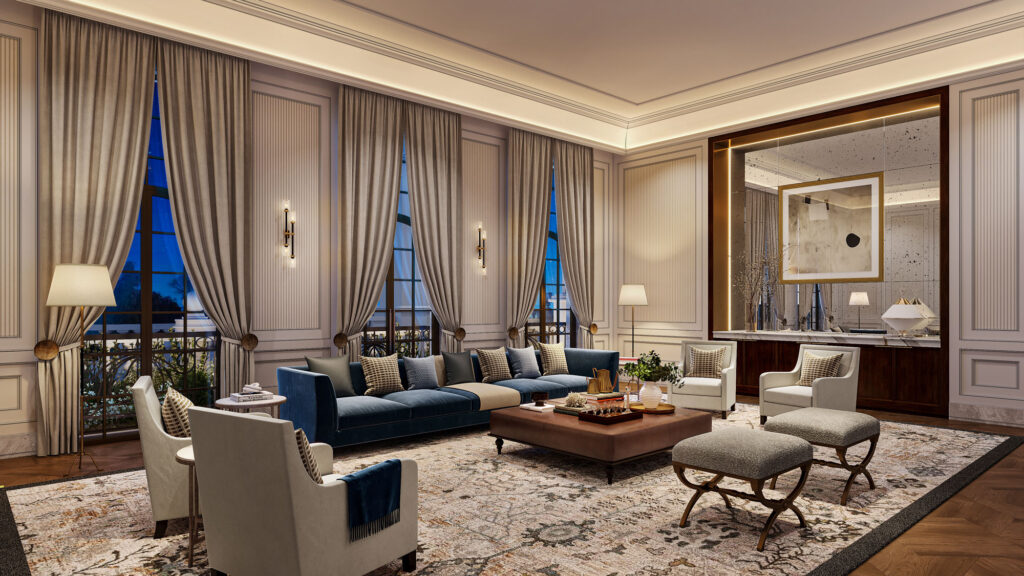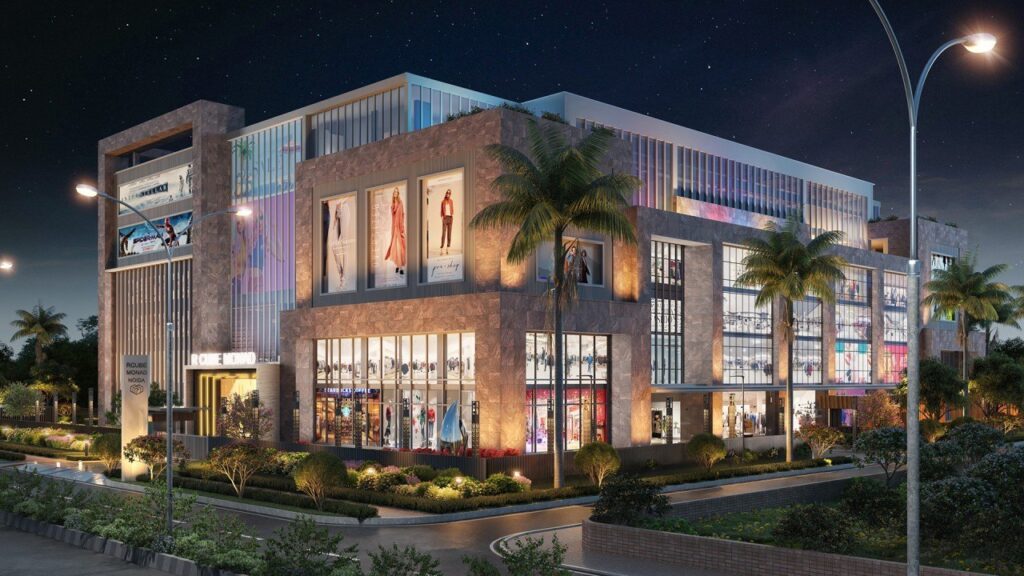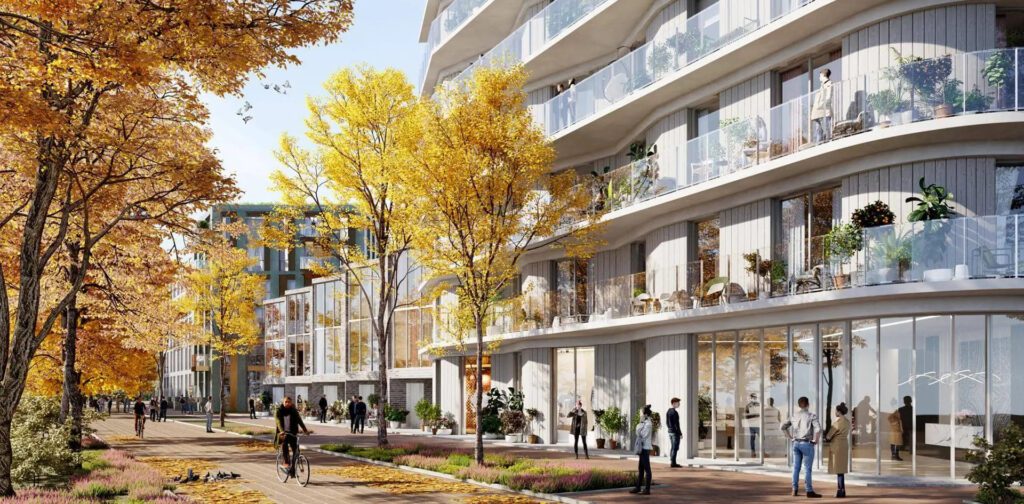The integration of 3D rendering technology has had a profound impact on the architectural design industry, transforming the way architectural projects are visualized and presented. This advanced technology has not only improved the design process but has also facilitated clearer communication with clients and stakeholders.
Explore below the transformative power of 3D rendering and its profound influence on architectural design.
1. Evolution of Visualization in Architectural Design
Traditionally, architects relied on 2D drawings and physical models to communicate their design concepts. However, the introduction of 3D rendering has taken the visualization process to a whole new level. By creating realistic and immersive visualizations, architects can now provide clients with a clear and detailed understanding of proposed projects, which enables them to make informed decisions based on tangible representations.
2. Enhanced Communication and Collaboration
The use of 3D rendering as a communication tool has bridged the gap between architects, clients, and other stakeholders. Photorealistic renderings facilitate effective communication by enabling clients to provide feedback based on a realistic visualization of the project. This level of interaction fosters closer collaboration and ensures that the outcome aligns with client expectations.
3. Iterative Design and Problem Solving
3D architectural rendering enables architects to examine and refine design concepts more flexibly than ever. The ability to visualize different design iterations in 3D space allows for rapid refinement and adaptation, leading to more optimized spatial arrangements and streamlined problem-solving. This iterative process ultimately enhances the overall quality and functionality of architectural designs.
4. Realistic Environmental Integration
Avenir3D understands the significance of integrating realistic environmental elements into architectural visualizations. Through 3D rendering, architects can simulate natural lighting, weather conditions, and surrounding landscapes, providing clients with a comprehensive understanding of how structures interact with their environments. This integrative approach enables clients to visualize the contextual impact of designs, fostering a deeper appreciation for the aesthetic and functional aspects of projects.
5. Streamlined Marketing and Presentation
The transformative impact of 3D rendering extends to the marketing and presentation of architectural projects. By showcasing immersive visualizations, architects can effectively articulate the value and appeal of their designs, aligning with the dynamic marketing demands of the modern era. This capability enhances the visibility of architectural practices also facilitates engaging presentations that captivate clients and investors.
3D rendering has become a game-changing tool in architectural design, revolutionizing how architects visualize, communicate, and implement their ideas. At Avenir3D, we understand the significance of 3D rendering and how it enables architects to enhance their creativity and push the boundaries of architectural innovation. With the rapid advancements in technology, we can expect even greater impacts on the architectural industry, offering more opportunities for architects to excel in their field.
Avenir Design Studio
Avenir Design Studio specializes in providing 3D rendering services. They combine creativity with cutting-edge technology to bring architectural visions to life. Their expertise in 3D rendering allows clients to visualize projects with exceptional realism and detail, facilitating better decision-making and collaboration. With a focus on client satisfaction and a dedication to excellence, Avenir Design Studio sets the standard for architectural visualization and design services.
Collaborate with Avenir Design Studio to unleash the full potential of 3D rendering for your architectural visions.
